Introduction
When it comes to fruits that offer a delightful blend of sweetness, juiciness, and nutritional benefits, pears stand out as a favorite among many. Whether you prefer them fresh, canned, baked into a pie, or poached with a hint of cinnamon, pears can elevate any dish with their unique flavor and texture. However, achieving the perfect pear experience begins with knowing how to select the best ones at the grocery store or farmers’ market. This guide will walk you through the essential steps and considerations to ensure you bring home only the finest pears, ready to delight your taste buds.
Understanding Pear Varieties
Before diving into the selection process, it’s crucial to familiarize yourself with the various types of pears available. Each variety has its own unique characteristics, including shape, skin color, flesh texture, and flavor profile. Some of the most popular pear varieties include:
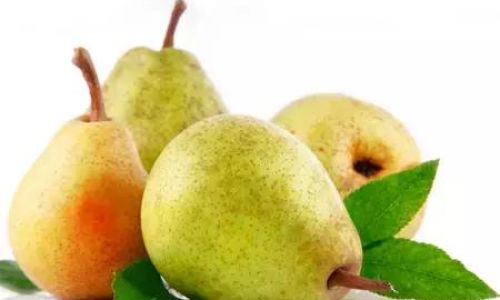
-
Bartlett – Known for their soft, juicy flesh and sweet taste, Bartlett pears are often used in cooking and baking. They have a greenish-yellow skin that turns yellow when ripe.
-
Bosc – These pears are easily identifiable by their long, neck-like stems and russeted (brownish) skin. They have a crisp texture and a slightly tangy-sweet flavor, making them excellent for eating fresh or in salads.
-
Anjou – With a smooth, greenish-yellow skin and a sweet, juicy flesh, Anjou pears are great for eating raw. They maintain their crispness well after ripening.
-
Comice – Renowned for their sweetness and tender texture, Comice pears have a golden-yellow skin and are perfect for eating out of hand or in desserts.
-
Concorde – A hybrid variety, Concorde pears offer a balance of sweetness and tartness. They have a smooth, green skin that turns yellow when ripe and are great for both fresh eating and cooking.
-
Asian Pears (Nashi) – These pears are typically larger and more crisp than European varieties. They have a smooth, greenish-yellow to brown skin and a juicy, slightly grainy flesh that is often enjoyed raw.
Understanding the distinct features of each variety will help you choose the pear that best suits your preferences and intended use.
Checking for Ripeness
One of the most critical aspects of selecting a good pear is determining its ripeness. Unlike some fruits that are best picked ripe, pears continue to ripen after being picked. Here are some tips to gauge ripeness:
-
Color: While color can be a useful indicator, it’s not always foolproof. Most pear varieties change color as they ripen, but the degree of change varies. For instance, Bartlett pears turn from greenish-yellow to fully yellow, while Bosc pears retain their russeted appearance regardless of ripeness. Therefore, color should be used in conjunction with other methods.
-
Firmness: The firmness of a pear is a more reliable indicator of ripeness. Gently press the flesh near the stem end with your thumb. A ripe pear should yield slightly to pressure but still feel firm. Avoid pears that are too soft, as they may be overripe or bruised.
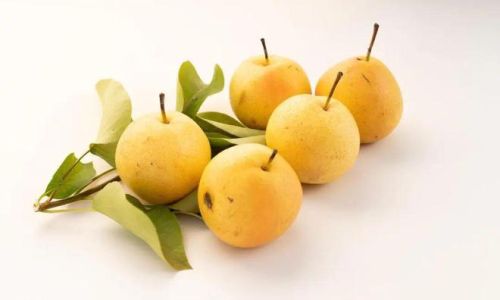
-
Stem and Neck: The stem and the area around it (often called the neck) can also provide clues. A fresh, securely attached stem is a good sign. Additionally, the neck should not be wrinkled or dried out, as this can indicate that the pear has been on the shelf for too long.
-
Aroma: As pears ripen, they develop a sweet, fruity aroma. If you can detect a pleasant scent, it’s a good indication that the pear is ripe or nearly so.
Visual Inspection
A thorough visual inspection can reveal a lot about the quality of a pear. Here are some key points to look for:
-
Skin Condition: Look for pears with smooth, unblemished skin. Avoid those with cracks, bruises, soft spots, or mold. Russeting (brown spots) on Bosc pears is natural and doesn’t affect the quality.
-
Shape and Symmetry: While shape can vary depending on the variety, generally, well-shaped pears with a uniform appearance are preferred. Avoid pears that are misshapen or have odd bulges, as these can sometimes indicate internal problems.
-
Consistency in Size: Within a given variety, pears should be relatively consistent in size. If one pear is significantly smaller or larger than others, it might be underdeveloped or overgrown, respectively.
Seasonality
Knowing when pears are in season can significantly impact your selection process. Most pear varieties are harvested between late summer and early winter, with peak seasons varying by region and variety. For instance, Bartlett pears are typically available from late summer to early winter, while Anjou pears peak in the fall.
Buying pears during their peak season ensures you get the freshest, best-tasting fruit. Out-of-season pears may have been stored for longer periods, potentially affecting their freshness and flavor.
Storage and Ripening
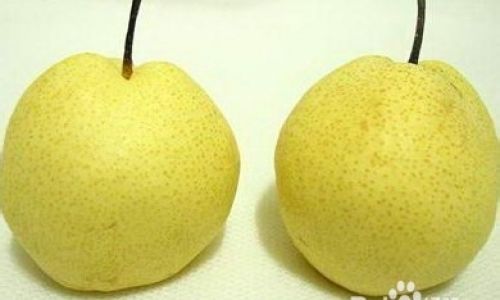
Once you’ve selected your perfect pears, proper storage and ripening are essential to maintain their quality. Here’s how to handle them:
-
Unripe Pears: If your pears are still firm and not fully ripe, store them in a paper bag at room temperature. The ethylene gas produced by the fruit will accelerate the ripening process. Check them daily, as they can ripen quickly.
-
Ripe Pears: Once ripe, pears should be refrigerated to slow down further ripening and maintain freshness. They can be stored in the crisper drawer of your refrigerator for up to a week.
-
Avoid Ethylene Sensitivity: Be mindful of storing pears away from other ethylene-sensitive fruits like bananas and apples, as the gas they produce can cause these fruits to ripen too quickly or spoil.
Using Your Pears
With your perfectly selected and ripened pears, the possibilities for enjoying them are endless. Here are some ideas to inspire your culinary creativity:
-
Fresh Eating: Slice your pear thinly and enjoy it plain, with a sprinkle of lemon juice to prevent browning, or paired with cheese, nuts, or honey.
-
Salads: Add diced or sliced pears to green or fruit salads for a refreshing sweetness and crunch.
-
Baking and Cooking: Use ripe pears in pies, cobblers, crisps, or tarts. They can also be poached, stewed, or made into jams and jellies.
-
Smoothies and Juices: Blend pears with other fruits and vegetables for a nutritious, delicious smoothie or juice.
-
Grilling and Roasting: For a unique twist, try grilling or roasting pear slices with a touch of honey, cinnamon, or balsamic vinegar.
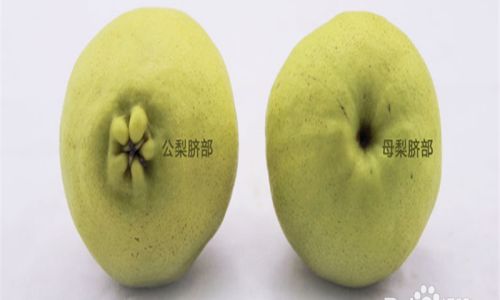
Conclusion
Selecting the perfect pear requires attention to detail, an understanding of different varieties, and a keen sense of ripeness. By following the tips outlined in this guide, you’ll be able to choose pears that are not only delicious but also well-suited to your culinary needs. Remember, the key to enjoying pears at their best is to buy them in season, store them properly, and use them creatively. With a little practice, you’ll soon be an expert at picking the perfect pear, every time.
Further Reading and Resources
For those interested in diving deeper into the world of pears, there are numerous resources available. Here are a few recommended reads and websites:
-
Books:
- “The Pear Book: A Comprehensive Guide to Growing and Using Pears” by Lewis Hill
- “The Complete Book of Fruits and Nuts” by Robert Paxton and Carolyn Paxton
-
Websites:
- USDA Agricultural Research Service – Fact sheets and research on pear varieties and cultivation.
- Edible Geography – Articles and information on the global diversity of pears.
- Epicurious – Recipes and cooking tips featuring pears.
By exploring these resources, you can gain a deeper appreciation for the versatility and beauty of this beloved fruit. Happy pear picking!
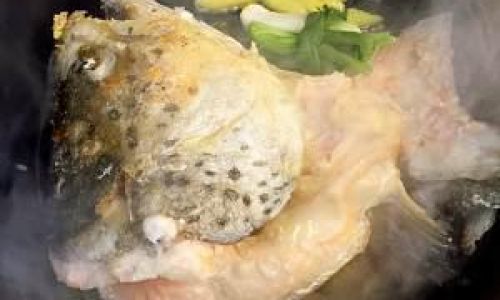
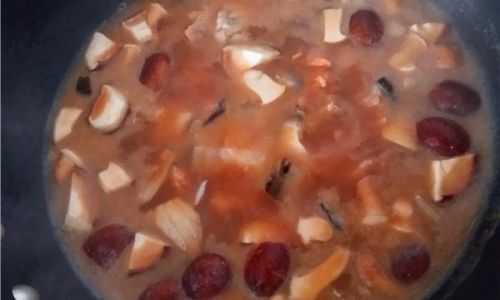

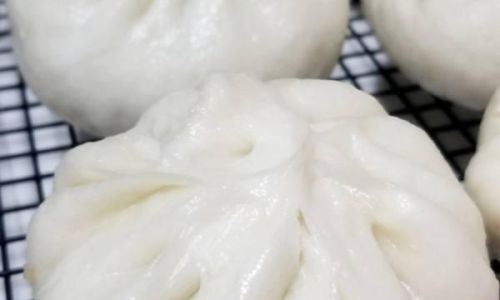
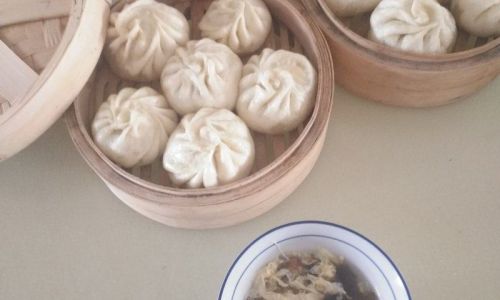
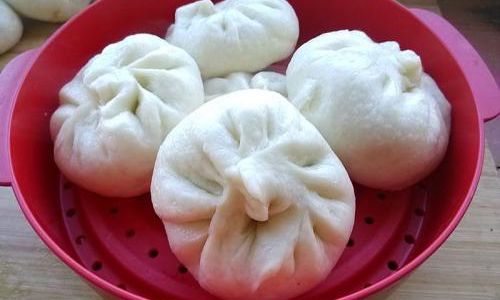
0 comments